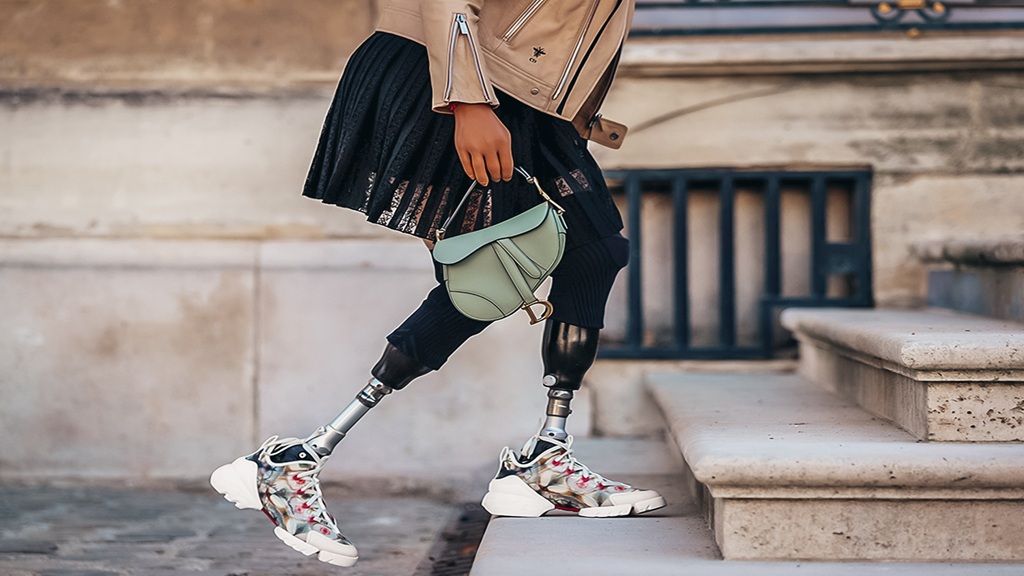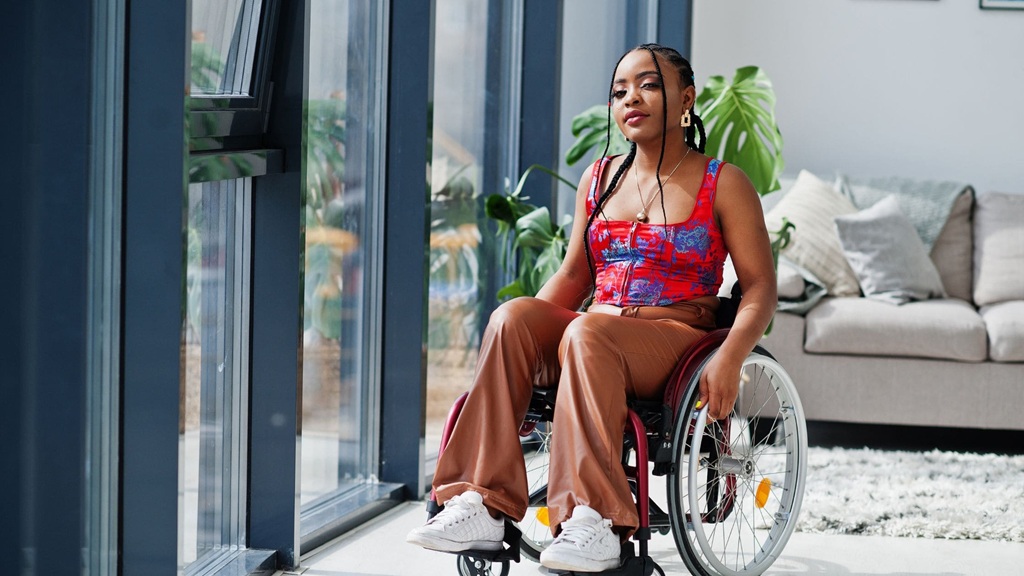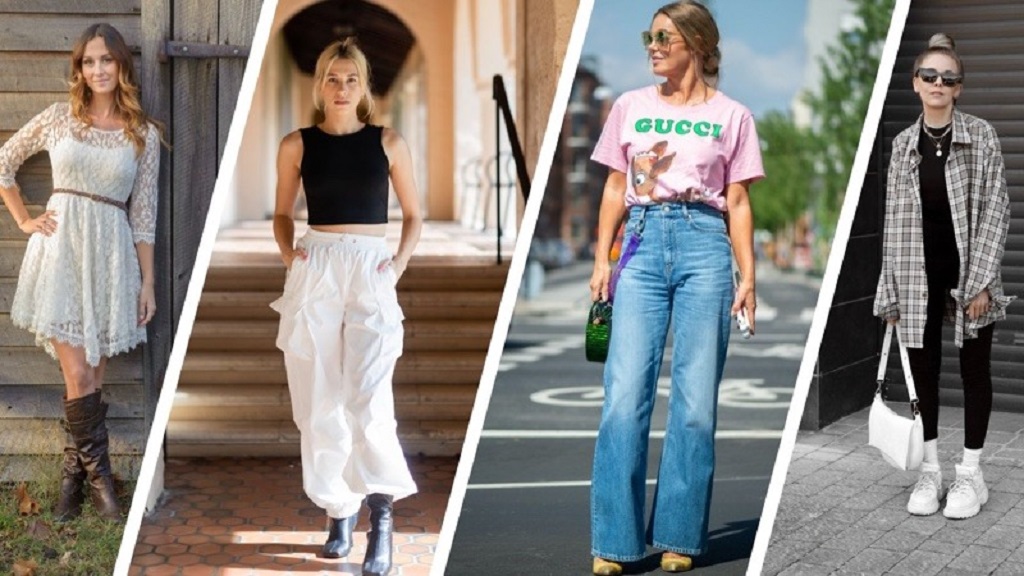Sustainability is no longer a luxury; it’s a necessity for a world grappling with climate change, resource scarcity, and social inequality. For individuals with disabilities, ethical fashion provides more than aesthetic value—it offers functionality, dignity, and empowerment. The intersection of sustainability, inclusivity, and accessibility creates a new paradigm in fashion. By exploring the offerings of sustainable brands like Katespadestar, we can see how these principles are being integrated into modern design to meet diverse needs
This article delves into sustainable fashion tailored for ethical consumers with disabilities. From adaptive clothing innovations to inclusive manufacturing practices, discover how the fashion industry is evolving to create meaningful solutions.
Sustainable Fashion: A Path Toward Inclusivity
Sustainable fashion isn’t just about eco-friendly materials—it embodies ethical labor practices, reduced waste, and thoughtful design. For individuals with disabilities, the clothing industry must embrace these values to provide garments that fit physical and sensory needs without compromising on style or sustainability.
The Role of Adaptive Clothing in Sustainability
Adaptive clothing, specifically designed for individuals with varying abilities, is redefining inclusivity. Brands are moving beyond basic functionality to incorporate sustainable fabrics, such as organic cotton, bamboo, and recycled polyester, into their adaptive lines.
Key features of adaptive clothing include:
- Magnetic Closures: Ideal for individuals with limited dexterity.
- Tag-Free Designs: Reduce sensory irritation for neurodiverse individuals.
- Elastic Waistbands: Enhance comfort and independence.
Integrating sustainable practices into adaptive clothing manufacturing significantly impacts environmental health. According to the Ellen MacArthur Foundation, extending the life of clothing by nine months can reduce carbon and water footprints by up to 30%.
Practical Challenges in Achieving True Inclusivity
Despite progress, adaptive clothing faces challenges:
- Higher Production Costs: Sustainable materials often come at a premium.
- Limited Brand Representation: Few companies prioritize adaptive, eco-friendly lines.
- Awareness Gaps: Many consumers remain unaware of available options.
Retailers must address these hurdles by investing in scalable production techniques and robust awareness campaigns.
Exploring the Intersection of Fashion and Disability Needs
Inclusivity demands more than design innovation. It requires understanding the unique needs of individuals with disabilities and embedding accessibility into every stage of the fashion supply chain.
The Role of Education in Driving Ethical Choices
Educational campaigns play a vital role in driving consumer behavior toward sustainable fashion. Ethical consumers with disabilities can benefit from transparent brand practices that prioritize accessibility and sustainability.
An example of how brands cater to inclusivity is seen in the efforts of companies providing comprehensive tools like the kate spade ring size chart, which ensures accurate sizing for adaptive jewelry. Accurate information paired with sustainable materials can inspire confidence and repeat purchases.
Materials That Matter: Eco-Friendly Fabrics in Adaptive Clothing
Using eco-friendly materials is central to sustainable fashion. For consumers with disabilities, the choice of fabric impacts not only environmental sustainability but also wearability and comfort.
Top Sustainable Materials in Adaptive Clothing
- Organic Cotton: Hypoallergenic and soft, ideal for sensitive skin.
- Tencel (Lyocell): Derived from wood pulp, it’s biodegradable and silky.
- Recycled Nylon: Great for durability and stretch, often used in adaptive athleisure.
- Hemp: Naturally antimicrobial and highly durable.
Brands like Patagonia and Tommy Hilfiger are in charge of merging adaptive design with eco-conscious materials.
Related: Choosing the Best Underwear for Comfort: A Complete Guide
How Technology Drives Inclusive Fashion Forward
Innovative technologies are enhancing the fashion experience for individuals with disabilities. From virtual try-ons to 3D body scanning, tech is bridging gaps in accessibility and fit.
Advancements Benefiting Ethical Consumers
- Customizable Designs: 3D knitting machines allow bespoke garment creation with minimal waste.
- Smart Fabrics: Embedded sensors offer health monitoring for users with medical needs.
- AI-Powered Tools: Virtual fitting rooms ensure perfect sizing from home.
These tools are critical for reducing return rates—a significant environmental burden in e-commerce.
Benefits of Sustainable Fashion for Ethical Consumers With Disabilities
Choosing sustainable fashion benefits both individuals and the planet.
Environmental Impact
By prioritizing eco-friendly options, consumers actively contribute to reducing pollution, conserving water, and minimizing textile waste.
Empowerment Through Choice
Ethical fashion empowers individuals with disabilities by offering clothing that suits their unique needs without compromising style or ethics.
FAQs
What makes adaptive clothing sustainable?
Adaptive clothing becomes sustainable when made with eco-friendly materials, ethical labor practices, and waste-reducing production techniques.
How can technology improve accessibility in fashion?
Technologies like 3D printing, AI-powered sizing tools, and smart fabrics enhance fit, comfort, and functionality for diverse consumer needs.
Why is inclusivity important in sustainable fashion?
Inclusivity ensures that everyone, regardless of ability, can access and enjoy sustainable, stylish clothing that meets their unique needs.
Related: Mastering the Art of How to Style an Oversized T-Shirt
What are the challenges of producing adaptive clothing sustainably?
Higher costs, limited awareness, and the need for specialized designs pose significant challenges to creating eco-friendly adaptive clothing.
How can I support sustainable fashion as a consumer?
Support ethical brands, opt for durable clothing, and spread awareness about the importance of inclusivity in fashion.
What role does material choice play in sustainable fashion?
Material choice determines a garment’s environmental footprint, durability, and comfort, especially for individuals with sensory or physical needs.
Conclusion
Sustainable fashion for ethical consumers with disabilities represents a transformative approach to clothing design and production. By integrating adaptive functionality with eco-friendly practices, brands can create garments that serve diverse needs while protecting the planet.





